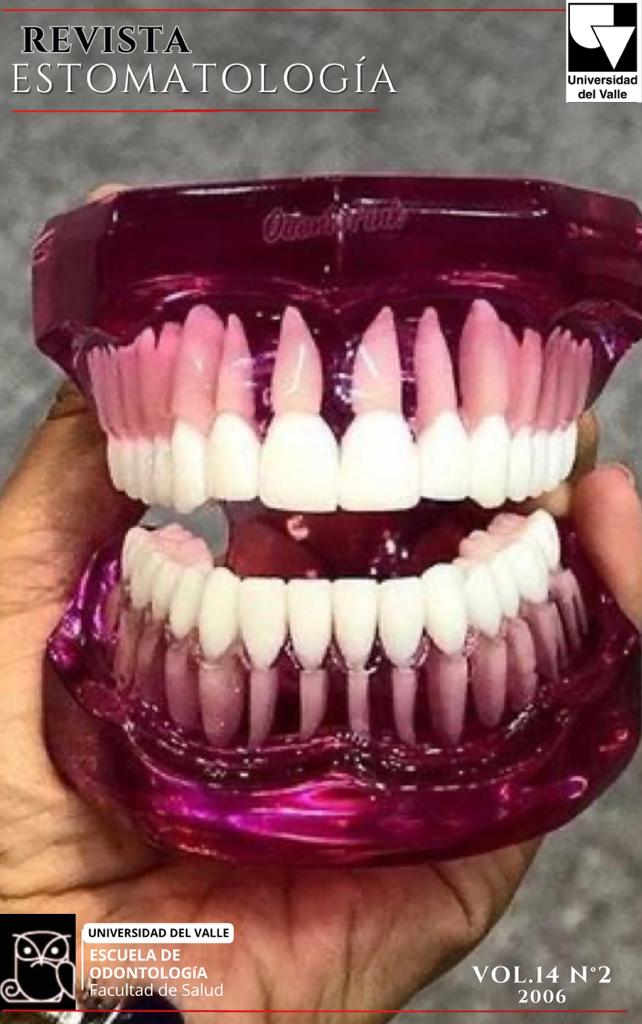Pharmacological modulation in orthodontic treatment
Main Article Content
Summary: Patients undergoing orthodontic treatment can
experience significant levels of pain. As a consequence of the compression of the periodontal
ligament, are liberated chemical mediators of the inflammation which favor the bone remodeling,
tooth movement, and do also generate discomfort for the patient. It is the duty of the orthodontics
to control pain in the patient, which reaches its top peak 24 hours after the mechanical activation,
not minimizing the effects of the molecules that favor the osseous remodeling such as the
protaglandins and the interleukins. In the scientific literature it is proposed the use of NSAIDs to
control pain in orthodontics due to its analgesics and anti-inflammatory properties, besides the
fact that they do not substantially minimize the velocity of the tooth movement. This review has the
purpose of describing the inflammatory process mediators of the orthodontic tooth movement, revise
alternative pharmacological for the tooth movement and for the control of pain secondary to the
activation of the mechanics orthodontic and suggest an ideal NSAID for handling of the pain with
minimum adverse effects on the tooth movement. Key words: Inflammation. Tooth movement. Orthodontic
pain. Nonsteroidal anti-inflammatory drugs (NSAID).

This work is licensed under a Creative Commons Attribution-NonCommercial-NoDerivatives 4.0 International License.
Los autores/as conservan los derechos de autor y ceden a la revista el derecho de la primera publicación, con el trabajo registrado con la licencia de atribución de Creative Commons, que permite a terceros utilizar lo publicado siempre que mencionen la autoría del trabajo y a la primera publicación en esta revista.

